At first glance, Madrid may not seem like a very vegetarian-friendly city. (You can obviously thank the giant cured ham legs visible at any given bar for that.)
But look closer and you’ll discover that there are some seriously great vegetarian tapas in Madrid waiting for you. Plus, all of them just happen to be beloved staples of local cuisine!
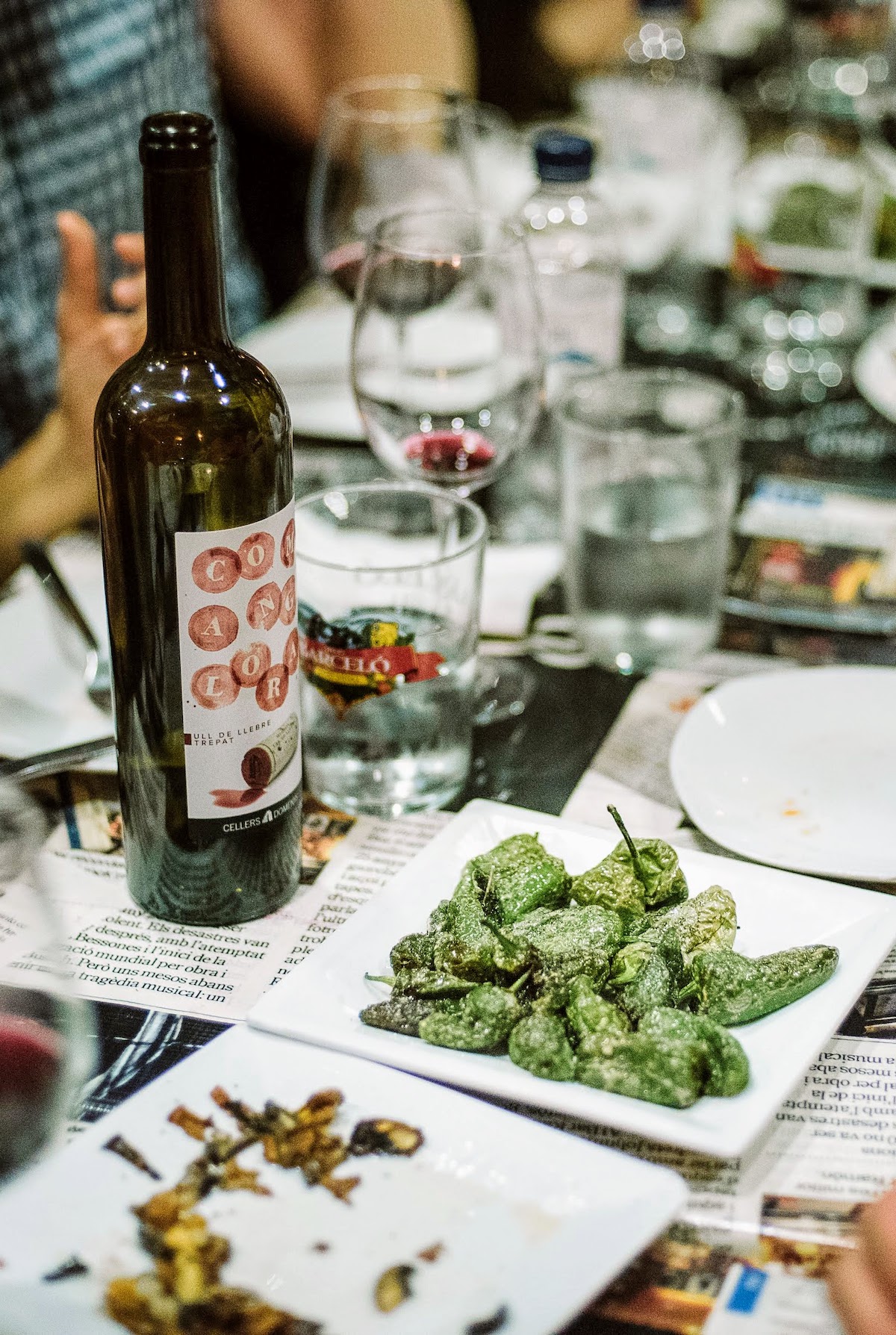
Despite the presence of ham and seafood, vegetarians need not worry when visiting Madrid. The Spanish capital is home to many vegetarian and vegan restaurants, and most tapas bars in Madrid also offer a variety of vegetarian tapas.
In fact, many traditional Madrid tapas dishes are naturally vegetarian, or even vegan! But we’d always suggest brushing up on your Spanish and learning the phrases “soy vegano/a” or “soy vegeteriano/a.” For more helpful Spanish words and phrases for communicating your dietary needs, check out our complete vegan and vegetarian guide to Madrid!
Hungry yet? Let’s get right into it with these 10 undoubtedly excellent vegetarian tapas in Madrid, and where to find each one!
1. Aceitunas (Olives) — Vegan
Spain cultivates more than 260 different varieties of olives. A good number of those end up on our table as delicious cured table olives.
The specialty in Madrid are the local Campo Real variety. They’re bright green and absolutely delicious, with hints of garlic and oregano.
Where to eat olives in Madrid: Lots of bars will give you a small free tapa when ordering a drink, and in many cases said tapa will be a little dish of olives. But to really take your olive game to the next level, swing by Aceitunas Jiménez in the La Latina neighborhood. This traditional olive store has been serving their own flavoring blends in the traditional way since 1935!
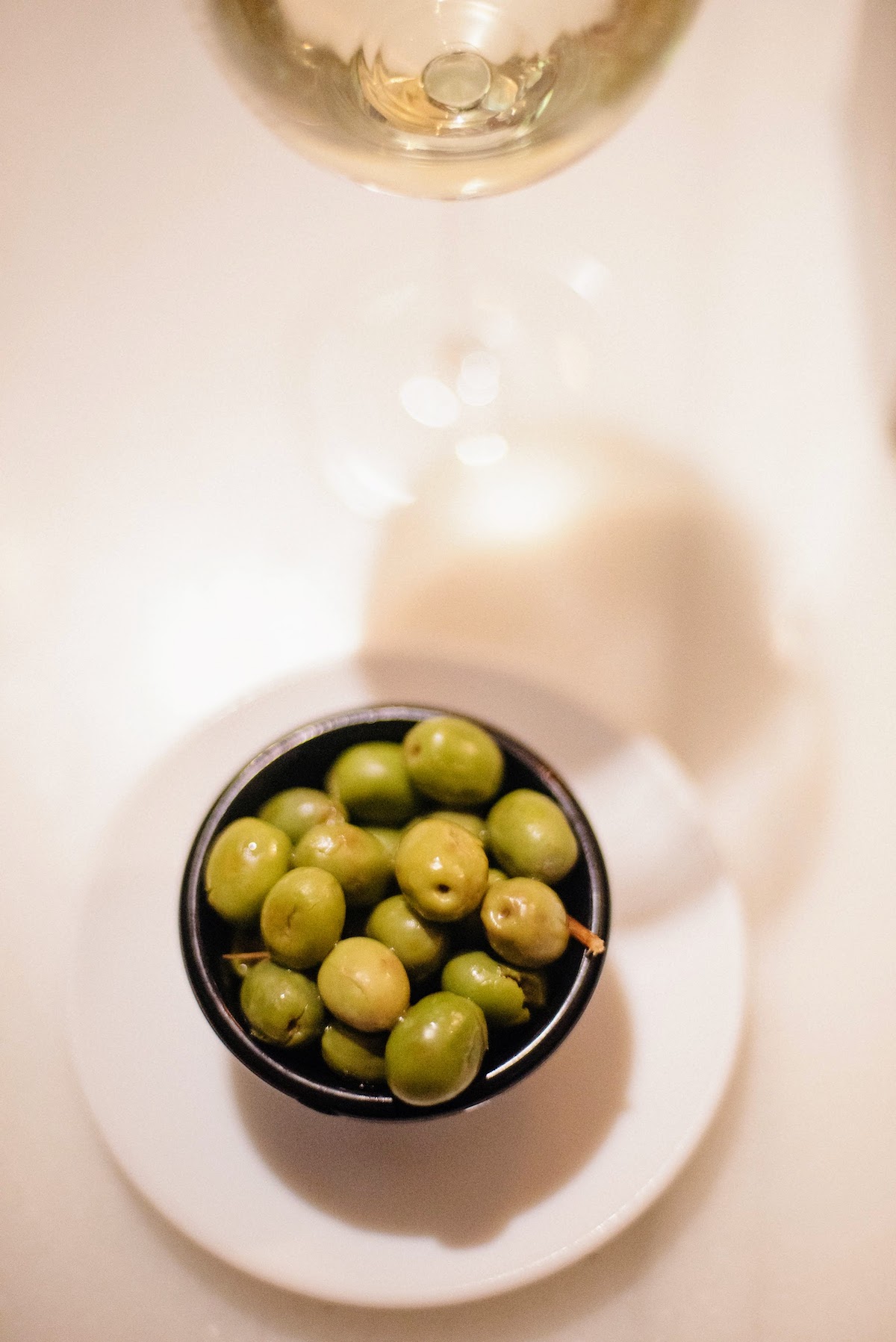
2. Patatas Bravas — Vegan Adaptable
This typical Madrid vegetarian tapa really hits the spot with an ice cold caña—a small draft beer.
Patatas bravas are double-fried potato wedges topped with a slightly spicy paprika-based sauce. In Madrid, they’re sometimes also served with garlic mayonnaise, also known as alioli.
If you’re vegan, you can check if the bravas come with alioli by asking, “¿Las patatas bravas llevan alioli?“. If so, you can ask them to hold the garlic mayo by saying “sin alioli, por favor.”
Where to eat patatas bravas in Madrid: Docamar is a beloved neighborhood spot that’s been serving their award-winning bravas for nearly 60 years. You can even buy bottles of their famous secret-recipe bravas sauce to take home!
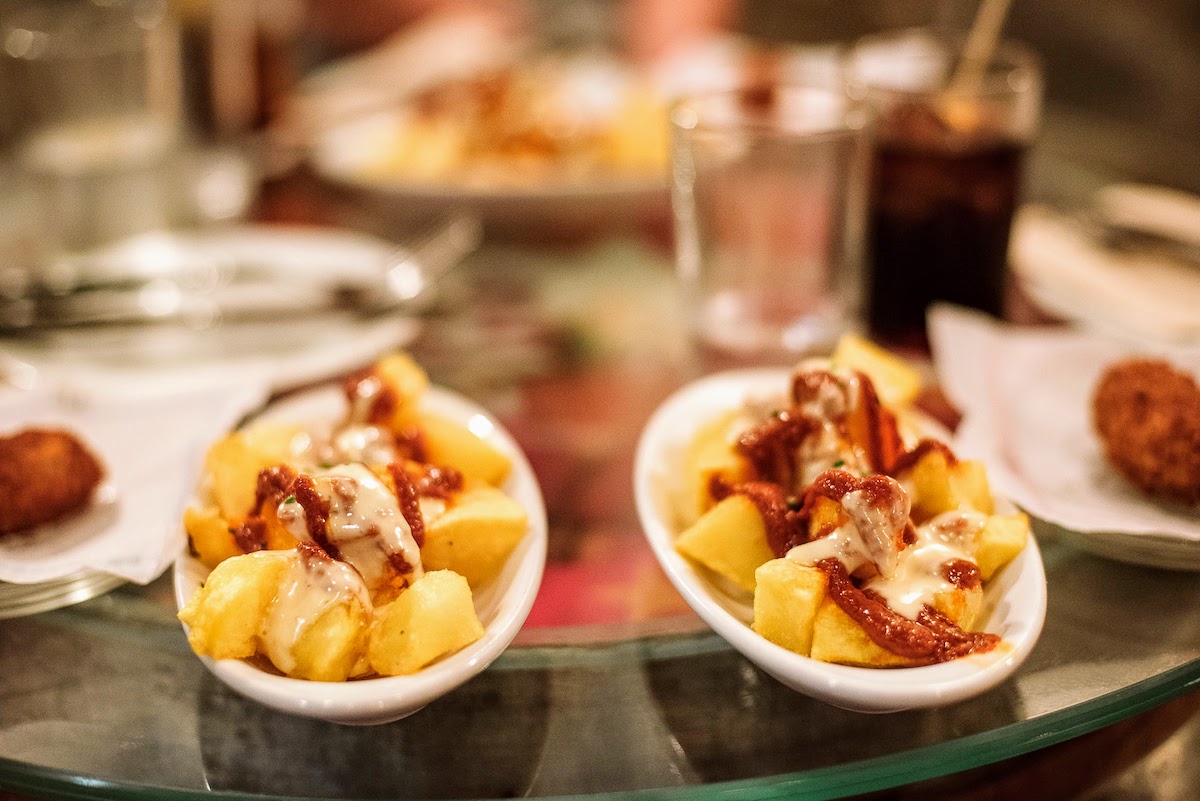
3. Huevos Rotos (Fried Eggs & Potatoes)
Huevos rotos literally means “broken eggs,” so you may be able to picture what this typical Madrid dish consists of. If not, it involves fried eggs served over a bed of potatoes, complete with a perfectly runny yolk. Your server will often break the yolks with a fork when bringing the dish to your table—hence the name!
Many popular versions of this dish are served with meat, often cured ham or chorizo. However, this is sprinkled on top of the finished dish and is very easy to eliminate. Just specify “sin jamón o chorizo” when ordering.
Where to eat huevos rotos in Madrid: Los Huevos de Lucio in La Latina is the place to go for this classic local dish. Their commitment to tradition and quality have helped them win the hearts (and tastebuds) of generations of madrileños.
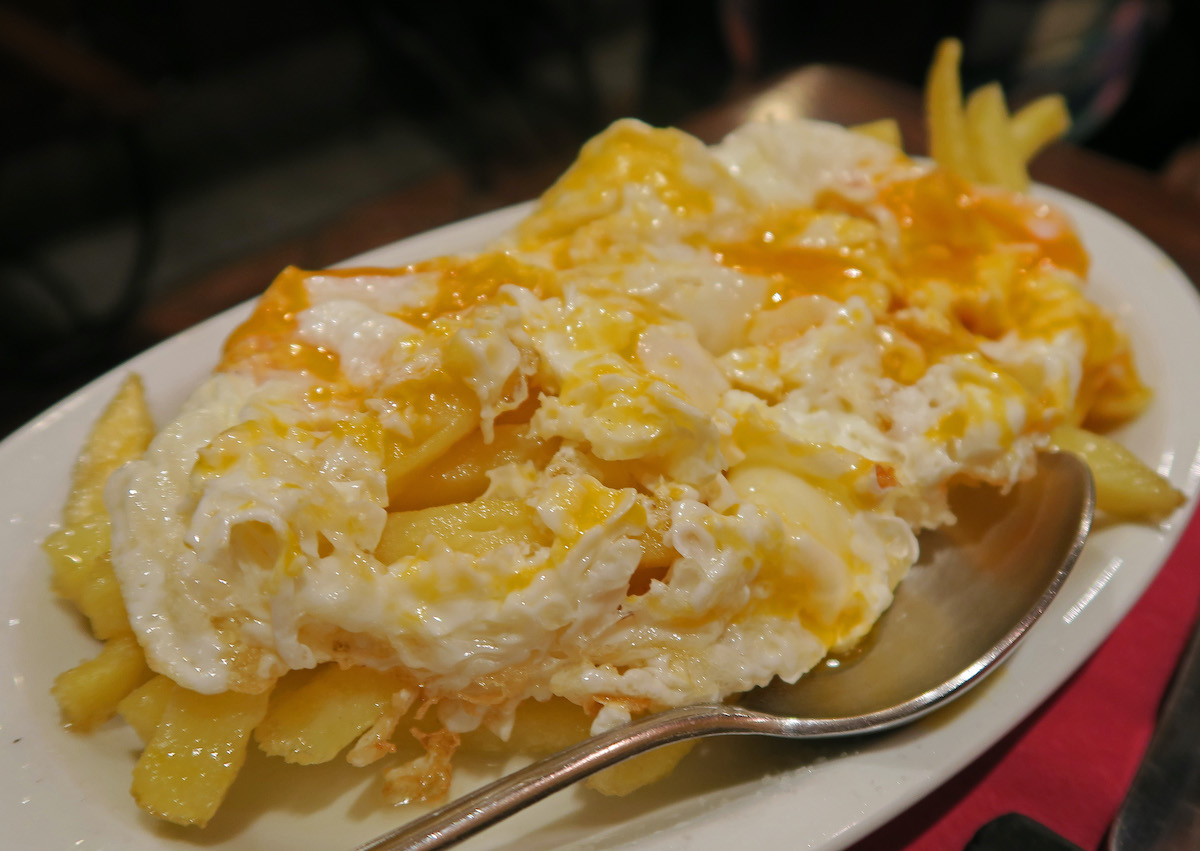
4. Croquetas (Croquettes)
There are many different varieties of croquettes, which are essentially fried béchamel fritters. But the most widespread vegetarian choices are croquetas de queso (cheese croquettes), de boletus (wild mushroom croquettes) or de espinacas (spinach croquettes).
Keep your eyes peeled for other interesting combinations and try as many as you can—they make up some of the best vegetarian tapas in Madrid!
Where to eat croquetas in Madrid: Casa Paco in the Argüelles neighborhood and Casa Manolo are both famous for their croquetas. Each has at least one vegetarian variety available at all times, often more.
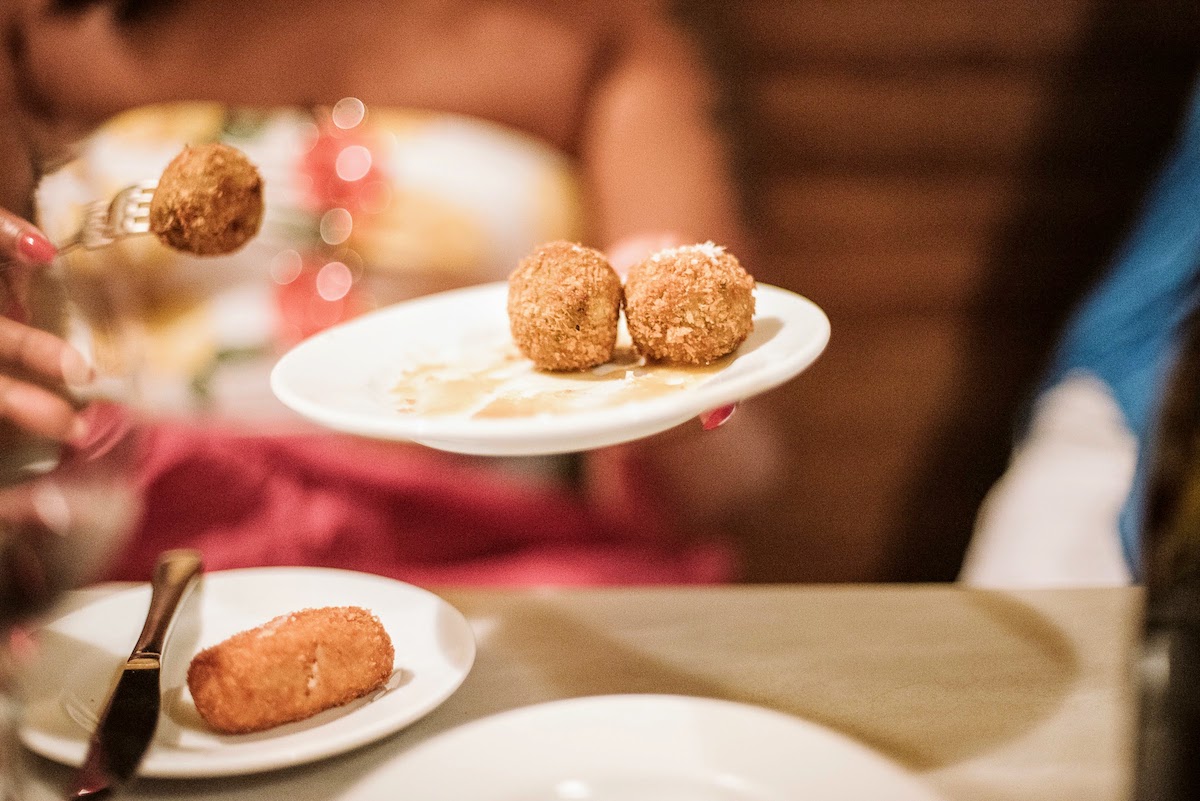
5. Berenjenas con Miel de Caña (Fried Eggplant in Cane Honey) — Vegan
This combination sounds strange, but just trust us on this one. Berenjenas con miel are pieces of thinly sliced eggplant that have either been dusted in flour or battered. They’re then flash-fried in olive oil before being drizzled with cane honey—also known as heaven on a plate!
It’s worth noting that the “honey” traditionally used in this dish is actually a type of molasses known as miel de caña, or cane honey. As a result, it happens to be suitable for vegans, too!
Where to eat berenjenas in Madrid: Bar La Gloria in the Malasaña neighborhood does a particularly tasty version of this southern Spanish dish.
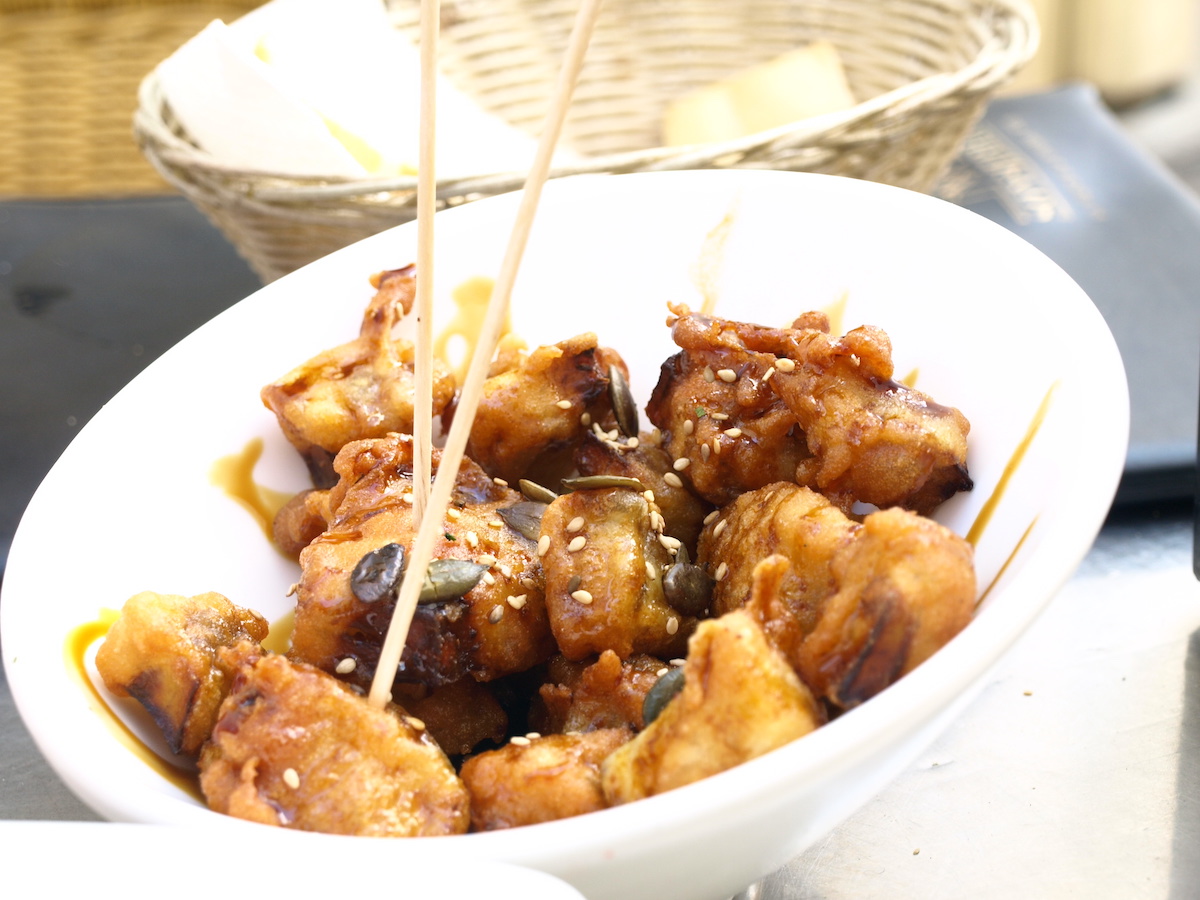
6. Tortilla de Patatas (Potato Omelet)
The classic Spanish potato omelet is alive and well in Madrid, and many people enjoy a big slice, called a pincho de tortilla, as their mid-morning or mid-afternoon snack.
Tortilla is one of the most versatile vegetarian tapas in Madrid. It can be served hot or cold, inside a sandwich or on its own, with onions or without—the options are endless. No matter how you choose to enjoy it, you’re in for a treat!
Where to eat tortilla in Madrid: You can find this tapas bar staple just about everywhere, but Casa Dani in the Mercado de la Paz is widely considered to have the best in town.
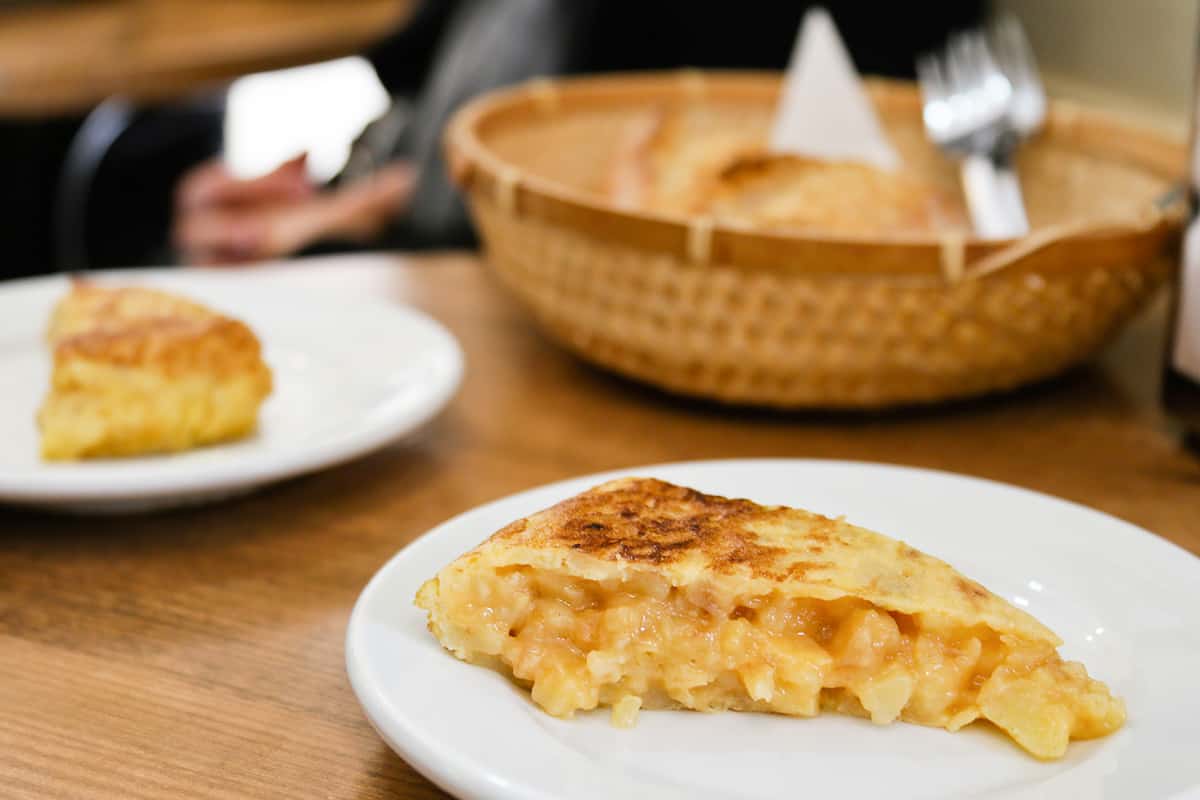
7. Gazpacho or Salmorejo (Chilled Tomato Soups) — Vegan
When Spain’s sweltering summertime rolls around, every traditional Madrid restaurant breaks out the cold tomato soups.
You can go one of two ways here, and either way you’re in for something delicious. Gazpacho is perhaps the more famous of the two and consists of tomatoes and other veggies puréed into a drinkable liquid. Its lesser-known cousin, salmorejo, is thicker in texture and eschews the use of other vegetables to make the tomatoes themselves the star of the show.
Despite salmorejo‘s creamy consistency, the soup itself is completely vegan with not a drop of cream in sight! It gets its luxurious texture thanks to day-old bread that is liquified as the soup is made.
Keep in mind, though, that the traditional way of serving salmorejo is with bits of cured ham and hard-boiled egg on top. However, it can be adapted for vegans and vegetarians very easily—just order it “sin jamón” (as well as “sin huevo” if you need them to hold the egg, too).
Where to eat salmorejo in Madrid: This is an Andalusian dish, best enjoyed at an Andalusian bar. Taberna Sanlúcar in La Latina has our vote for the best salmorejo in town, served up in an undeniably southern-Spanish atmosphere.
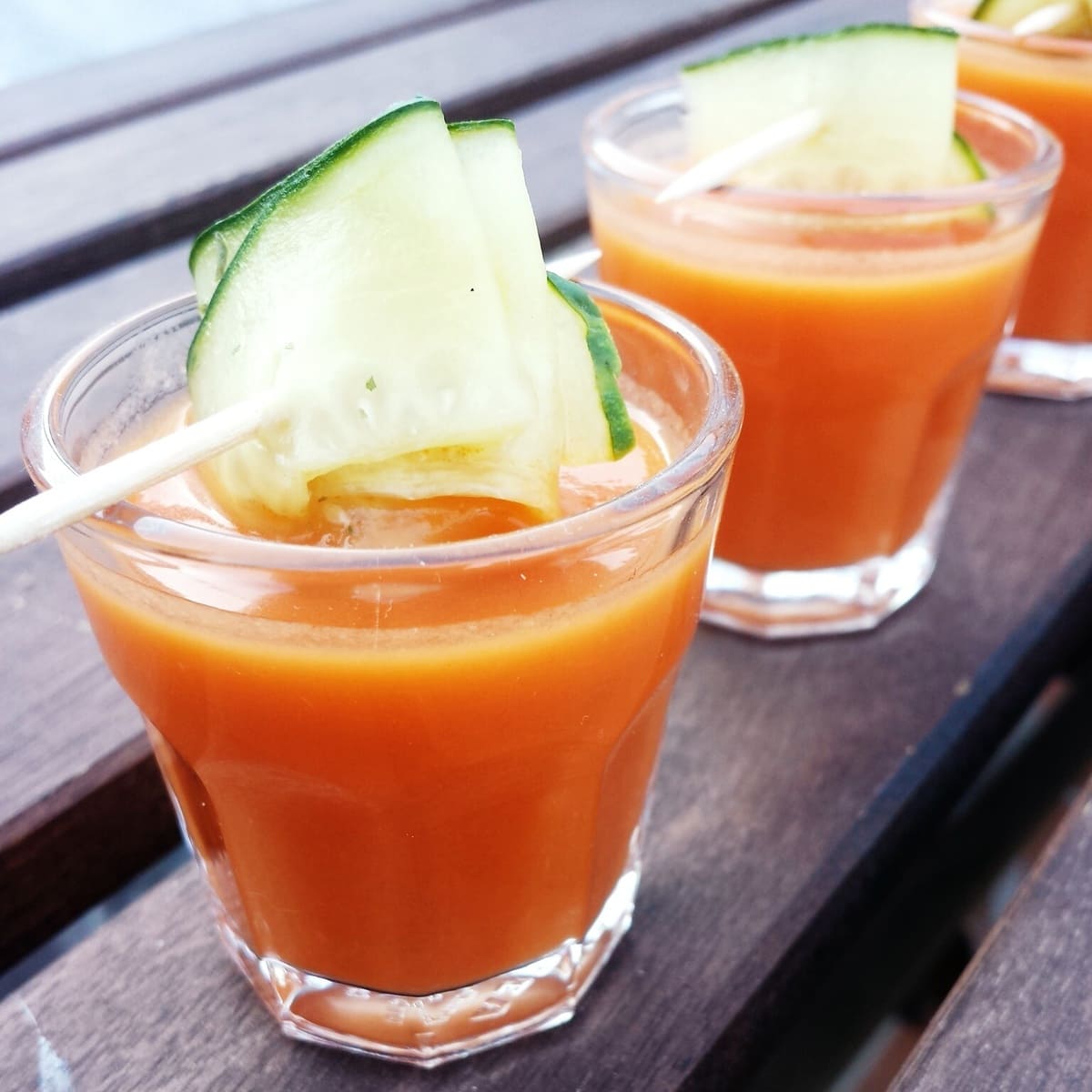
8. Queso (Cheese)
Cheese is one of Spain’s most respected products, and it also happens to be one of the most popular vegetarian tapas in Madrid!
Start with the famous Manchego, a sharp and salty cured cheese that hails from Madrid’s neighboring region of Castilla-La Mancha. Then, go for something different like Roncal, a sheep’s milk cheese from Navarra, o Cabrales, a blue cheese blend of cow’s and goat’s milk.
Where to eat cheese in Madrid: Casa González is a historic deli in the Huertas neighborhood, where you’ll find an excellent variety of Spanish cheeses. Order a cheese plate with a glass of wine to enjoy in-house, or take it home as a delicious souvenir!

9. Pimientos de Padrón (Fried Green Peppers) — Vegan
Pimientos de Padrón are tiny green peppers from Galicia in northwestern Spain. They’re simply fried and dashed with a sprinkling of sea salt—that’s it! The peppers themselves are so goo that they don’t need anything else.
The Russian roulette of Spanish tapas, these little guys are mainly mild. But every now and then, one lucky eater will get a super spicy one! It’s all part of the fun as you grab them one by one with some friends.
Where to eat pimientos de Padrón in Madrid: La Casa del Abuelo, one of our favorite tapas bars in Madrid, cooks up a mean plate of pimientos de Padrón. Watch them in action in the video below!
10. Champiñones a la Plancha (Grilled Mushrooms) — Vegan
One surprising vegetarian tapa in Madrid that also happens to be a favorite local specialty: mushrooms.
Madrid has a reputation for some excellent mushroom restaurants, and most traditional tapas bars offer champiñones a la plancha, or grilled mushrooms. There’s nothing fancy here: just mushrooms grilled in olive oil and garlic, and served with a slice of lemon. But don’t let their simplicity fool you—they are seriously addictive!
Where to eat champiñones a la plancha in Madrid: Casa Toni is one of central Madrid’s last remaining old-school, totally authentic tapas bars. Their grilled mushrooms are one of their most popular dishes, and go perfectly with an ice-cold beer or a glass of Spanish wine.
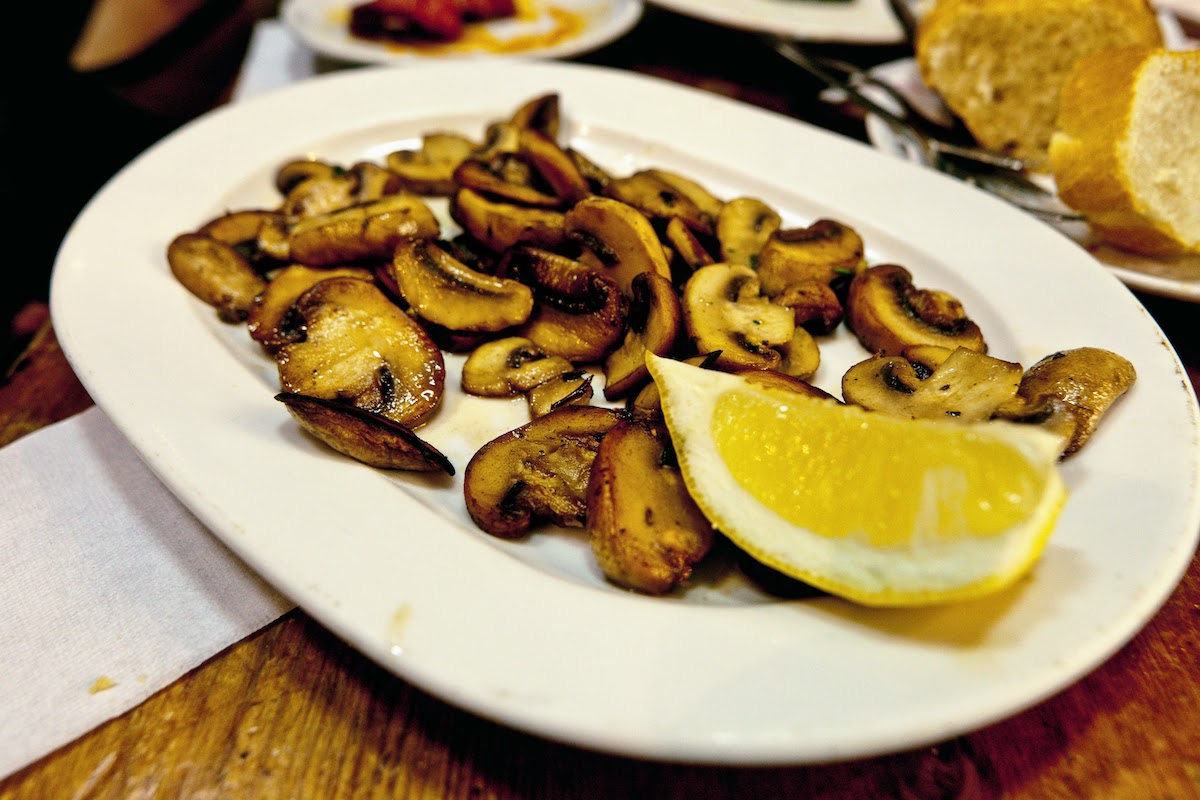
Vegetarian Tapas in Madrid FAQs
Yes—in fact, it’s one of the most vegetarian friendly cities in Spain! Here, you’ll find dozens of restaurants specializing in specifically vegan and vegetarian food. But if you want to try some traditional Spanish fare, you’ll be pleased to know that much of it is already vegetarian—the 10 vegetarian dishes on this list can be found all over the city!
The Spanish word for vegetarian is vegetariano (used by people who identify as male) or vegetariana (for those who identify as female). For vegans, the word would be vegano or vegana respectively.
Some of the most common plant-based foods in traditional Spanish cuisine are fried Padrón peppers, grilled mushrooms, gazpacho, patatas bravas (without the garlic mayonnaise that sometimes accompanies it), and spinach and chickpea stew.
Update Notice: This post was originally published on August 22, 2013 and was updated with new text and photos on May 28, 2021.






I’m a vegetarian and love going out for tapas. I lived in Almeria for 2 years and we had many of these options you mentioned. Another one that is DELICIOUS is Sopa de Ajo Blanco. They usually had it in the summer and was so yummy with fresh melon! Also, croquetas de champiñónes are really good too.
I have to admit the tortilla de patatas is probably my favourite!!!
You have meat listed on this page unfortunately. Nearly every variety of Spanish cheese has offal (chopped up calf stomach) stirred into it during the manufacturing process. This is not the case with all cheeses, for example about 2/3 of British cheese is vegetarian (made using microbial rennet instead of offal) but Spain is by far the worst for it.
You can’t include cheese on a Spanish vegetarian tour.